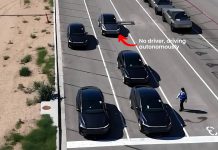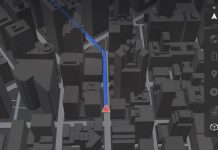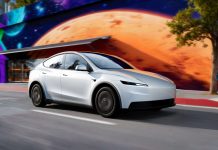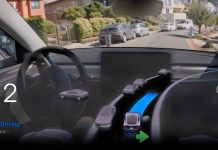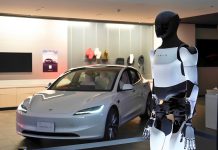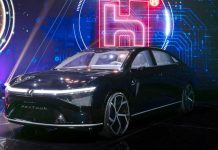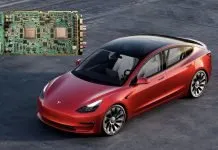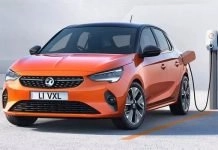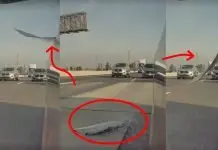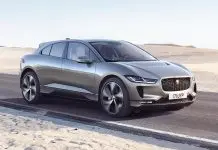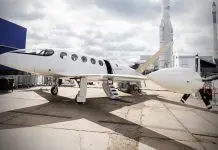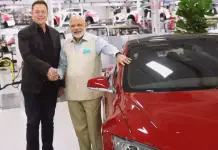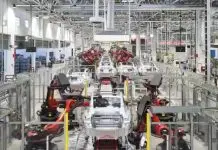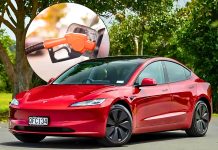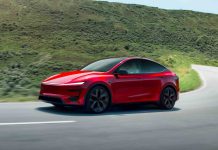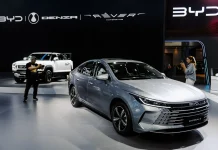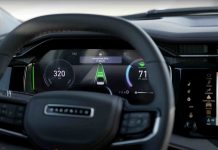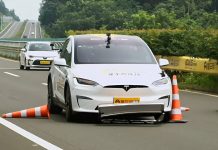A Tesla Model Y equipped with rooftop hardware was seen on Austin streets, suggesting that Tesla will soon introduce autonomous ride-hailing in the city. The sighting matches the company’s target to deliver its first robotaxi service in Austin by June 2025, a key step in Tesla’s project to make road transport fully autonomous. Another similar vehicle was spotted last month. Implying that they want to launch it smoothly.
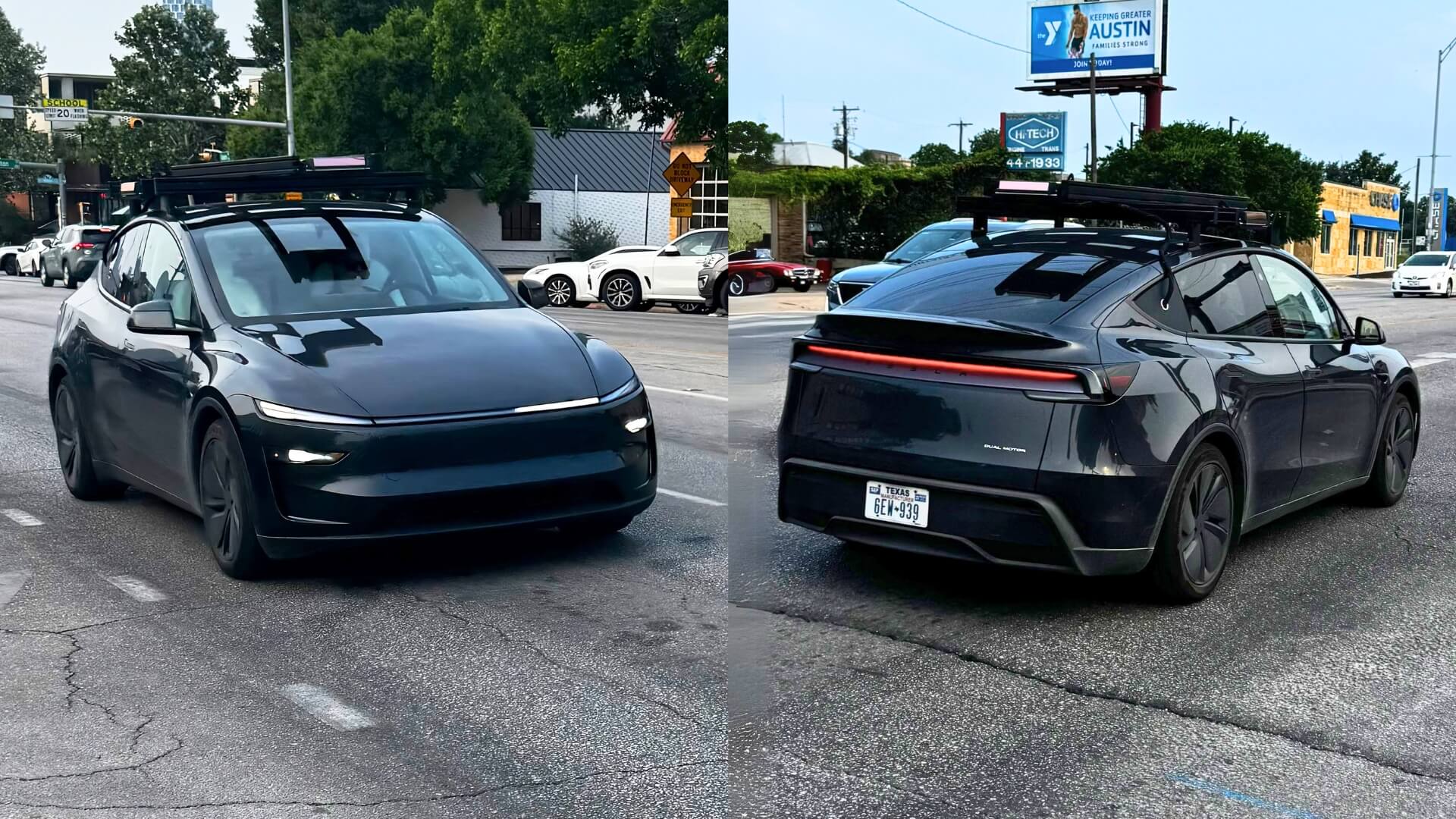
Project Rodeo: Tesla’s Autonomous Ambitions
Tesla refers to the initiative as Project Rodeo and plans to drive a group of 10 to 20 Model Ys with their FSD software to evaluate them on real highways. The vehicles are right now being tested by about 300 drivers on Austin roads every day. Certain prototypes mentioned have been seen with LiDAR mounted on their roofs, going against Tesla’s regular use of camera-only vision for its vehicles. It indicates that Tesla may shift its focus to making autonomous tech safer.
Tesla Model Y With Roof Equipment Seen in Austin Likely for Robotaxi Trials
Since humans won’t be operating, Tesla’s new robotaxi will reportedly use its latest “unsupervised” FSD technology. Tesla has plans to use teleoperators who can help remotely control the cars if situations become challenging. Unlike Waymo and Zoox, Tesla’s approach lets remote employees have direct control over the vehicles.
Still, Tesla’s plans for the future have led to extra attention from regulators. The National Highway Traffic Safety Administration (NHTSA) asked Tesla for information about how its robotaxis will deal with issues like fog, bright sunlight, and rain, as these problems have played a role in previous accidents involving Tesla’s driver-assistance functions. Tesla should give an answer to these questions by June 19, and the results could determine how Musk’s national rollout will proceed by the end of 2025.
BREAKING: I saw my first Robotaxi with training wheels just now. @Tesla_AI @WholeMarsBlog @SawyerMerritt @DirtyTesLa @chazman pic.twitter.com/J3zzVDbJeq
— omgFSD! (@omg_fsd) May 18, 2025
Employees in Austin and the Bay Area have been selected for Tesla’s trial program of ride-hailing their cars ahead of a public release. Since these trials started, over 1,500 trips covering 15,000 miles have been made to test and support Tesla’s FSD networks, its mobile app, the way vehicles are distributed, and remote help.
Plans for Robotaxi
The company intends to make its autonomous robotaxi service accessible in several different cities before the year 2025. A more aggressive plan by Musk is for Tesla owners to be able to list their cars on the platform and have other customers use their vehicles, just as Airbnb works. Renting out their vehicles during vacation trips could allow Tesla owners to profit, which could also help Tesla boost the number of cars available as robotaxis.
While Tesla shows a lot of promise, Waymo, a major company in this field, offers driverless ride-hailing in Austin and other cities. In addition, the public and regulators remain a challenge to overcome. Tesla’s robotaxi service will succeed if it can assure passengers that the autonomous technology is reliable and safe on city streets.
In the next few months, it will become clear if Tesla’s autonomous ride-hailing service can thrive and spread across different regions. This effort might greatly influence how cities transport people and strengthen the company’s lead in autonomous vehicles.

